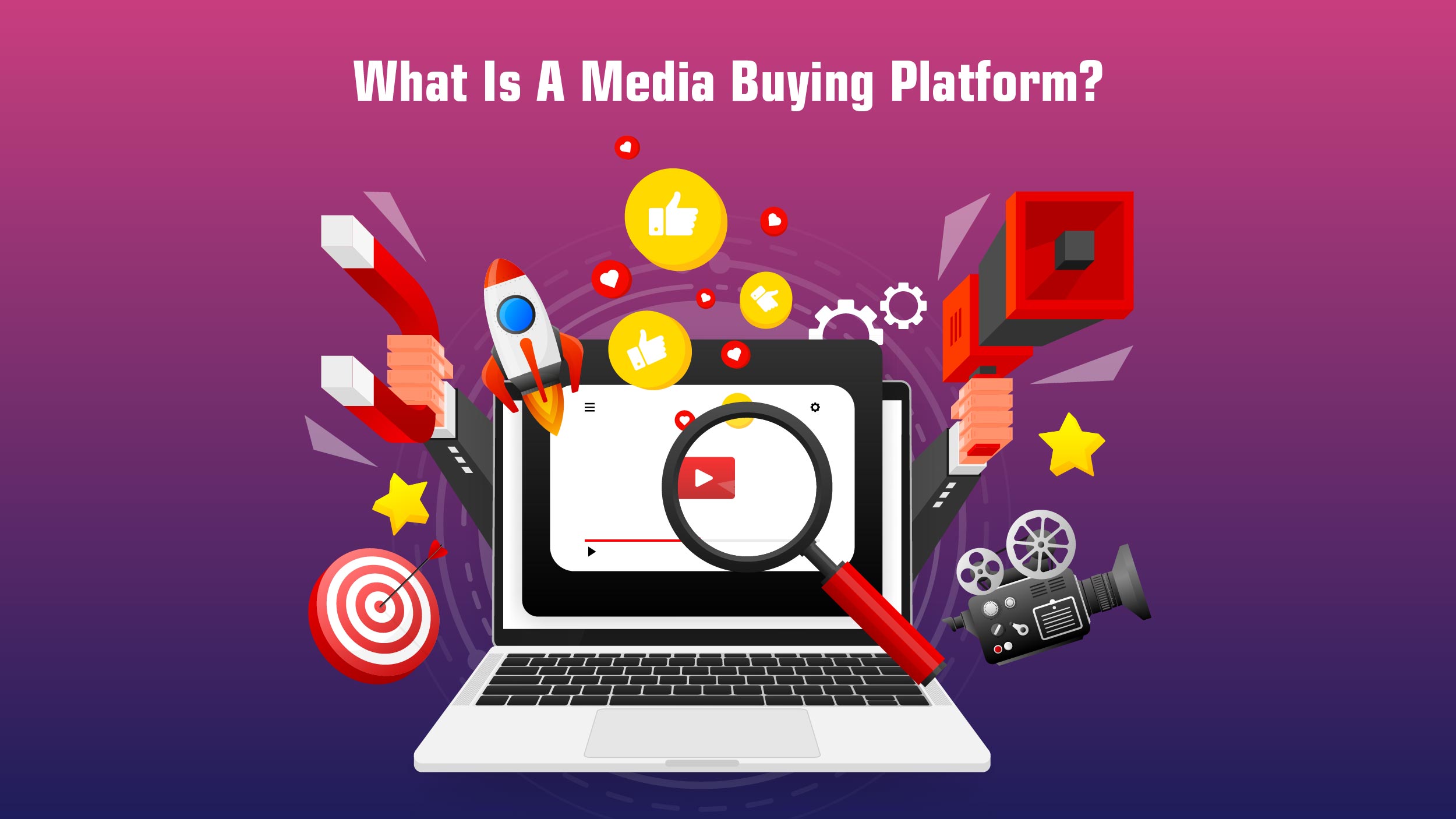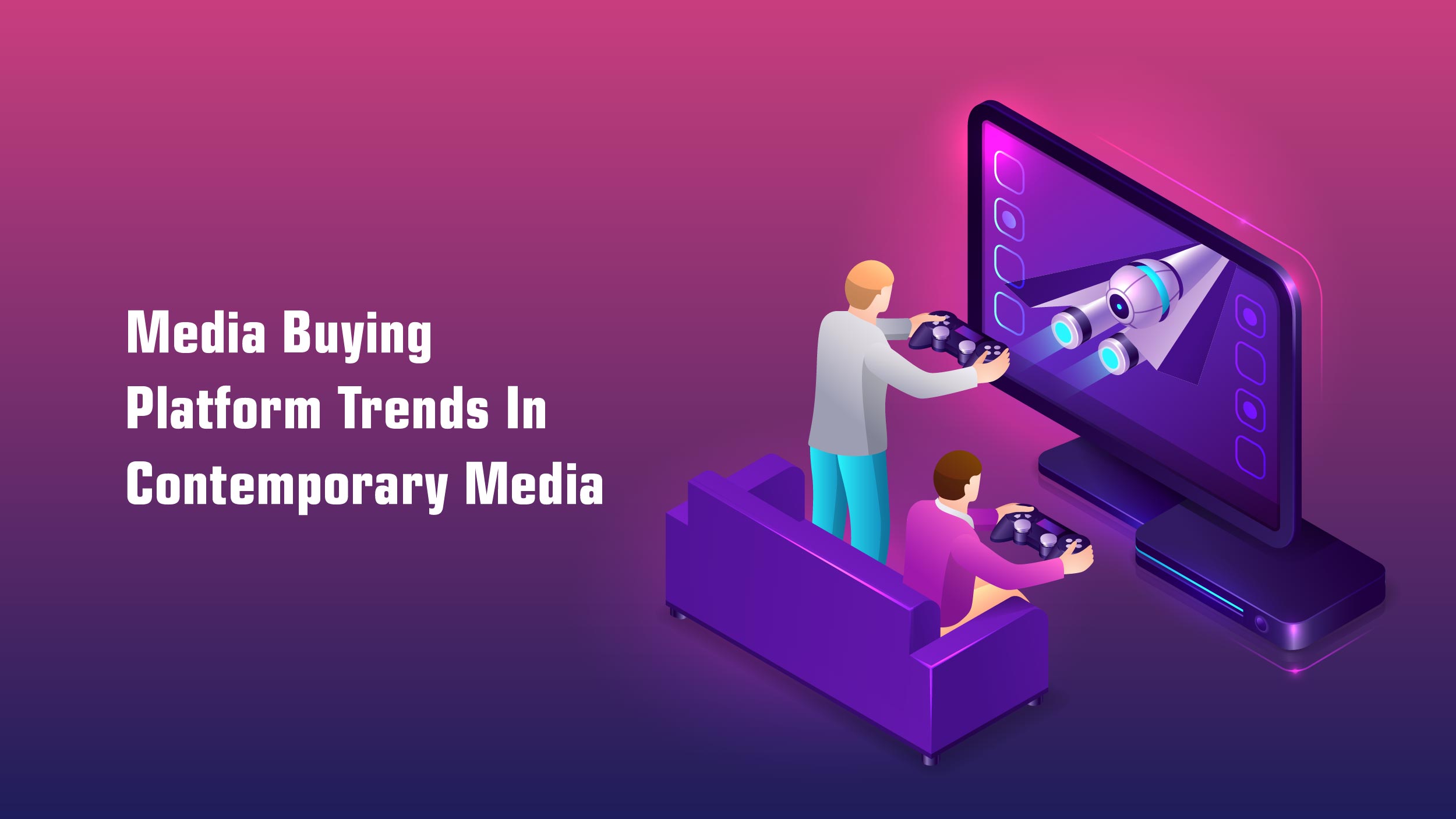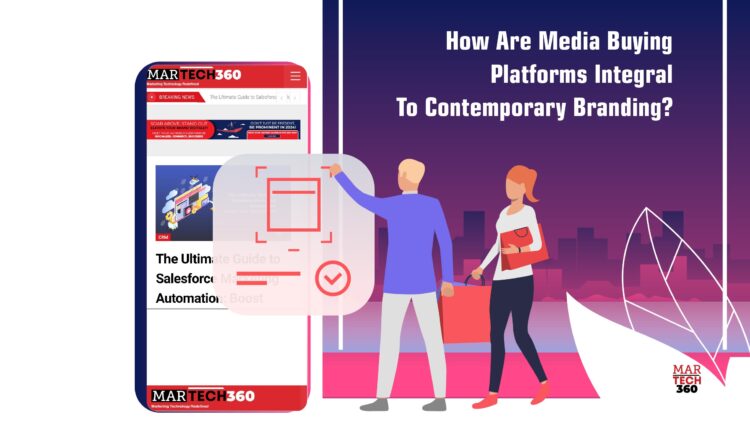Have you ever wondered about the masterminds behind the captivating banner ads we encounter on our favorite websites or the unforgettable Super Bowl commercials that capture our attention for weeks? These are none other than media buyers. Often overlooked in the marketing industry, media buying platform plays a crucial role in bringing targeted advertisements to our screens. It’s the process that ensures a portion of a brand’s marketing budget is allocated to paid advertising.
Without further ado, let’s learn everything about it.
What Is Media Buying?
The process of purchasing ad space and time on digital and offline platforms such as websites, YouTube, radio, and television is known as media buying. A media buyer is also in charge of negotiating ad inventory with publishers, managing budgets, and optimizing ads to improve campaign performance.
If a brand wants to continue pushing its budget as far as possible, it might consider using a media buying platform. A platform has an advantage over purchasing directly because it has a lower threshold or minimum spend for smaller advertisers, whereas purchasing directly can often entail an expensive package with many features such as home page ads, EDMs, social posts, and so on.
These days, media buying occurs through one of two methods:
- Direct buying involves media buyers establishing relationships with publishers to negotiate ad inventory, such as collaborating with a newspaper to feature an ad in the next issue.
- Programmatic buying employs automated technology to facilitate the buying process.
What Is A Media Buying Platform?
 A media buying platform is software that allows you to buy ad space. Demand is created by marketers who want ad space, also known as ad inventory. Publishers, who have ad inventory, provide the supply.
A media buying platform is software that allows you to buy ad space. Demand is created by marketers who want ad space, also known as ad inventory. Publishers, who have ad inventory, provide the supply.
As a result, you may have heard of two types of media buying platforms that coexist to facilitate ad inventory exchange: demand-side platforms (DSPs) and supply-side platforms (SSPs) (SSPs). These subsets of media buying platforms distinguish whether they are assisting advertisers or publishers in the transaction.
How Does Media Buying Platforms Benefit Buyers?
The most obvious benefit of social media buying platforms for advertisers is that they provide the media buyer with a centralized location for discovering and securing ad space. Other advantages include:
- Addressability: The most obvious advantage for advertisers is that they provide a centralized location for media buyers to discover and secure ad space.
- Inventory Access: DSPs find buyers’ inventory and do most of the work for them during the media buying process. Some ad exchanges and DSPs provide a diverse range of inventory across channels, whereas others specialize in specific niches or focus solely on a few types of channels. Buyers benefit from a marketplace they can explore without requiring backdoor connections in either case.
- Scalability: Technology has made media purchasing more convenient and scalable. Buying and selling large amounts of ad inventory can be done seamlessly and instantly with the help of automation.
- Data: Advertising online is increasingly accomplished through real-time bidding, whether purchased through an open or private marketplace. This means that you buy audiences based on the DSP’s real-time data.
Also Read: Triggered emails: A Definitive Guide for 2024
Media Buying Platform Trends In Contemporary Media
 Digital media buying platforms connect publishers and advertisers for more efficient ad space buying and selling. Publishers from all over the world list their ad spaces on ad-buying platforms, and advertisers choose the most relevant to their advertisements. Let’s look at some of the most common trends in digital media buying platforms and how they can help you promote your brands.
Digital media buying platforms connect publishers and advertisers for more efficient ad space buying and selling. Publishers from all over the world list their ad spaces on ad-buying platforms, and advertisers choose the most relevant to their advertisements. Let’s look at some of the most common trends in digital media buying platforms and how they can help you promote your brands.
Video Marketing
Most marketers are aware that video marketing should be an important component of any modern marketing strategy. Video marketing has been reported by 87% of marketers to elevate website traffic. However, when calculating media buying spend and allocations, media buyers should remember that video marketing’s popularity and impact are stable and growing.
Mobile Gaming Advertising
Mobile gaming is no longer just for young geeks and nerds; it is now a popular pastime for people of all ages and genders. The growing popularity and profitability of mobile gaming advertising attests to the engaging, almost addictive nature of popular mobile games.
This provides media buyers with an excellent opportunity to capitalize on a rapidly growing and relatively unknown digital advertising market by utilizing not only familiar banner ads in mobile games but also interstitial and “reward” ads to keep their ad creative top of mind and in front of a customer’s face.
Privacy Challenges & Unified Measurement
As privacy concerns and regulation of data collection methods grow globally, the challenge of protecting privacy while maintaining accurate attribution for media buying purposes grows.
Unified measurement, a method of aggregating data and insights gleaned from attribution models across multiple channels into a single holistic measure of performance, is one solution to this problem.
As marketing technology evolves and new solutions to privacy challenges emerge, unified measurement and aggregate data will likely become more popular as marketers seek to protect attribution integrity while adhering to privacy guidelines. Marketing Evolution’s aggregate data program can assist any marketer looking to modernize their data collection.
The Bottom Line
Media buying platforms have emerged as an indispensable solution to the challenges faced by businesses in effectively reaching their target audience. By providing a centralized hub for managing and optimizing ad campaigns across multiple channels, these platforms enable advertisers to maximize their visibility, target the right audience, and achieve measurable results. With media buying, businesses can overcome the limitations of traditional advertising methods and unlock unprecedented growth opportunities.


Comments are closed.